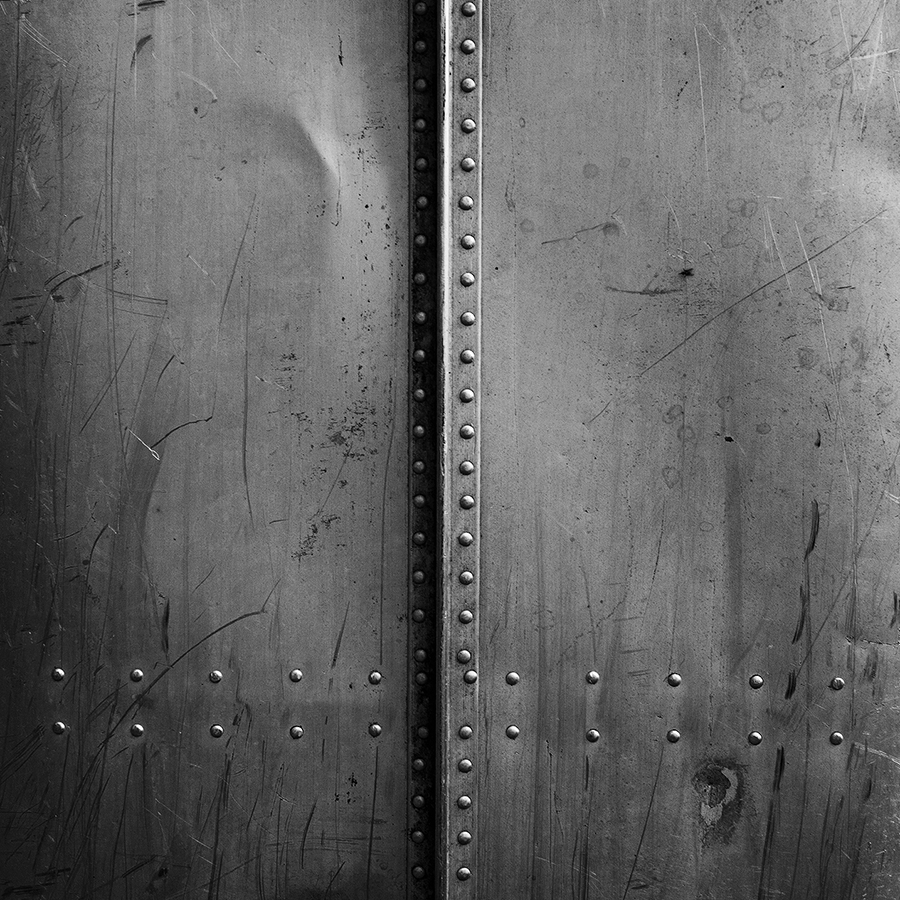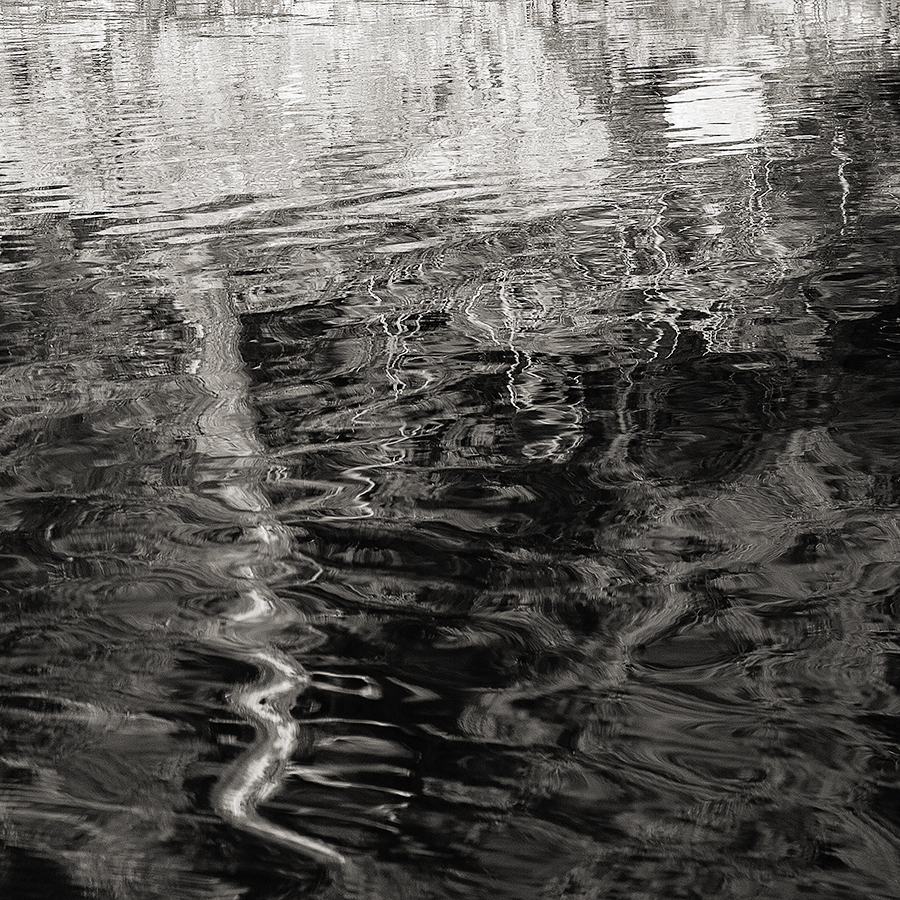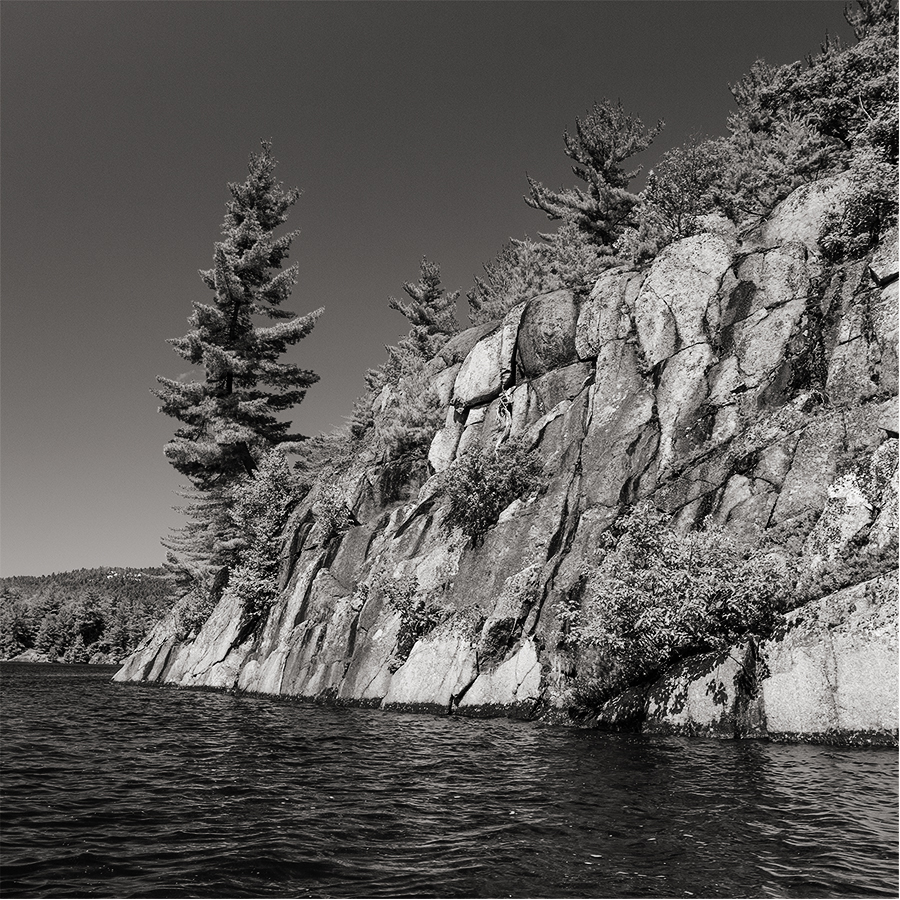THE LAND
For the past three decades, I have been canoeing and photographing the Killarney landscape. Apart from a few relics from the days before the Park was established, it seems like the landscape has not significantly changed over the centuries. There has been some deforestation, acid rain and fire, but those ancient hills remain. The shape of those lakes have mostly stayed the same—beaver dams and one human dam have altered some lakes. This environment provides a quiet spot to reflect on the vastness of the land, sky and water and to contemplate the intricate structures of glittering white quartzite rock, undulating patterns of reflections on water, pink granite rising up out of the water or waterways finding their path of least resistance as they flow downstream and over rocks.

With the busyness of an ever-changing world today, for me, Killarney is a place to seek restoration. Society seems to have its foot on the accelerator of change—our attention spans decreasing, while slowly evolving from being participants in life to life becoming a spectator sport. Because of the efforts of many individuals who lobbied to stop major development and those who worked to establish the Killarney area as a Provincial Park, this land has and should endure, as a place of refuge—a land where time stands still. It’s quite intriguing to realize that almost 100 years ago, members of the Group of Seven first canoed into and took inspiration from these mountains and lakes. Half a century later, through the efforts of park staff and others who educate visitors on Leave No Trace principles, the landscape has been preserved and will hopefully remain unchanged for centuries to come. I have come to appreciate and rely on this. This land feels like coming home to visit an old friend. It’s comforting to know that time doesn’t change some things.
Through these photographs, I hope to inspire viewers to appreciate the intrinsic beauty of this landscape that has been left to its own for so many years. Here is one of the few places left that our children—and their children—are able to have the same enjoyment and experience as we did. I’ve already seen the photos and heard the stories. We are still fishing on these lakes, walking the same portage trails, gazing out across the lake at uninterrupted views and sitting around fires on the shores of these majestic lakes. Some of the equipment has changed (lighter & more efficient) and our fashion will identify which decade we were in the park, but the experiences will have been, for us all, much the same—a place of beauty and restoration.
COMING FULL CIRCLE
This project is a completion (of sorts) and a new beginning with an altered perspective and understanding.
After studying photography in London, I had moved up to the Bruce Peninsula. There, I started a family and started exploring the Niagara Escarpment and the west coast of Georgian Bay. I had developed a bit of a wandering spirit with regards to the land and my camera. I felt at home out in nature, in the wild places. A love of music by Canadian Singer/Song Writer Bruce Cockburn had led me to watch a film (Waterwalker/Bill Mason 1984 ) in which he created music for. Watching that film opened up a whole new way to explore and appreciate the wild places of our landscape.

I now had to find a place to paddle a canoe into and start exploring, which inevitably would mean new photographic content. It was paintings by the Group of Seven of Killarney that first inspired me to visit the La Cloche Mountains. In July of 1994, four of us (myself, a friend from Owen Sound, a friend from university and one of his friends) embarked on our first canoe trip into the Killarney backcountry. Since then, I have been interpreting the landscape in film and with photographs using my own aesthetic vision.
In September of 2024, we (Scott Jordan and I) returned with our most ambitious canoe trip to date. We started our 10 day canoe trip on the very same lake (from 30 years prior) and ended the trip on the very same campsite that quickly became the standard for subsequent trips. We became friends during university, started families of our own, have collaborated on creative projects and now are returning to the place where our love of canoe tripping began. This particular trip brought us to uncharted areas of the park. The route actually circumnavigates very close to the perimeter of the park.
Coming full circle can refer to the idea of ending up where you started, but with a deeper understanding or a new perspective. This phrase is often used to describe a sense of closure or resolution, as well as the idea of a journey or experience reaching its natural conclusion. I can’t think of a more fitting way to celebrate the past thirty years exploring the park, than with a visual summation of those cumulative years of adventure.
THE PHOTOGRAPHS
This portfolio of images reflects the joy and excitement I felt each time I canoed the lakes of Killarney and hiked the La Cloche Mountains.
These images explore this unique and diverse landscape on both a grand and intimate scale—the big sky views, expanses of crystal clear water and rolling mountains juxtaposed to images that focus on small details in the amazing rock formations and water reflections. Most images for the proposed exhibition will be new work, resulting from our upcoming canoe trip scheduled for September 2024.

Studying photography at Fanshawe College in London, during the late 90’s, meant learning analog photography (film, enlarger, darkroom…). It would be another 13 years until I would purchase a digital camera worth using. I enjoyed using the digital/lightroom process. However, as the decades have gone by, I have been yearning to go back to analog photography—even back further than what I learned in school!
The photographs in this exhibition will be printed using a traditional mid-19th century monochromatic printing process called salted paper printing. This darkroom process is very hands-on, taking time and effort, akin to the time and effort of the canoe trip to reach my subject matter.







































THE FILM
The documentary/art film was created as a companion piece to these photographs.
Over the past 15 years, I have been learning how similar—and yet different—film is from still images. As an artist, it is exhilarating using both of these mediums to express myself. However, attempting to use both on the same project was extremely challenging. Both mediums require paying attention to composition, lighting, patterns, etc., but the differences come into play with the execution of the idea. A photograph compels the viewer to be more introspective or contemplative, allowing the viewer infinite time to interpret and appreciate. Moving pictures, not only add an audible experience, but they stitch together sequential images to illustrate an idea that is bigger than any one image.
The logistics of capturing content for both a moving picture film and a photographic portfolio was a daunting, but rewarding task. There was the dilemma of being both filmmaker and cast. When the film is about the 30 year celebration of my exploration of the backcountry in Killarney Provincial Park, I couldn’t exactly have an actor replace me.
Regardless of the amount of time and effort that was spent filming and photographing during our canoe trip, we did manage to put down all the recording gear and just enjoy the moment. The following quote from Sigurd Olson illustrates the feeling of 30 years of time spent in the park: “It was good to lie there in our bags watching the glow of our dying fire and the deeper glow of sunset beyond; but most of all it was good to feel the ground again and to know we were back in a land we loved.” —in a land where time stands still.

